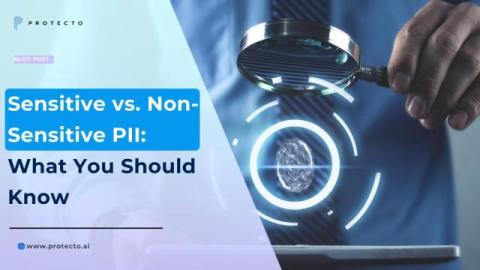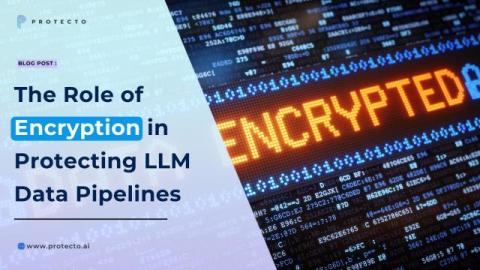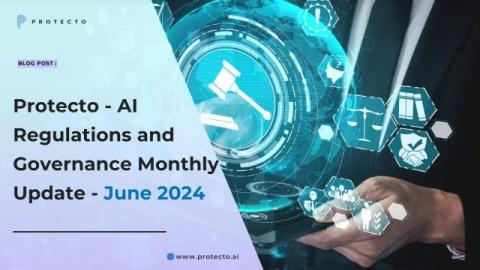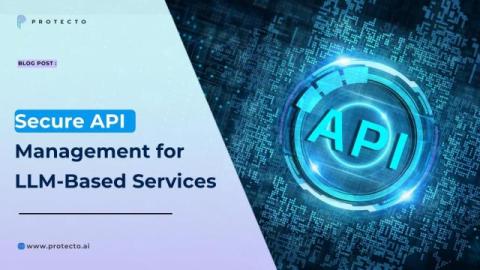SearchGPT, Llama 3.1 & GPT-4o Mini - Monthly AI News By Protecto
OpenAI has launched a prototype called SearchGPT, a new AI-driven search tool that integrates advanced AI capabilities with real-time web information. This temporary prototype, currently available to a select group of users and publishers, aims to enhance how people find information online by providing fast, accurate answers with precise citations. The ultimate goal is to gather feedback and refine these features before integrating them into the broader ChatGPT platform.











